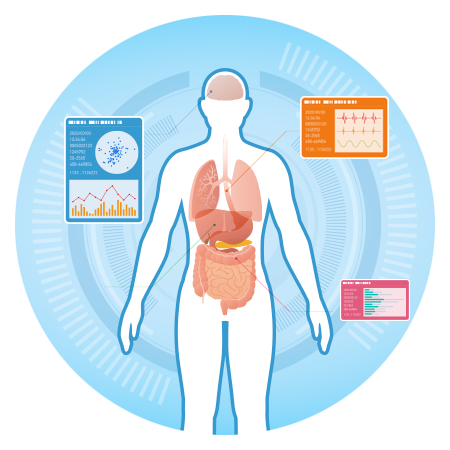Module 3: Assessment
Lesson 2
Comprehensive assessment of acute pain in older adults
Several factors make the treatment of pain in older people more complicated than in younger adults, including a higher prevalence of coexistent diseases and concurrent medication use. This increases the risk of drug-drug and disease-drug interactions; age-related changes in physiology, pharmacodynamics and pharmacokinetics; altered responses to pain; and difficulties with assessment of pain, including problems related to cognitive impairment. Cognitive, sensory, and social factors may also affect pain management in older adults.
Most unidimensional tools used in younger adults are appropriate for older adults, e.g., numeric rating scale. The verbal descriptive scale is the preferred tool, even for older adults who are slightly cognitively impaired. Familiar words such as none, slight, mild, moderate, severe, and extreme are used. Older patients may need more time to understand and respond to questions regarding pain.
Pain assessment in non-communicative older patients is more difficult and includes observation of behaviours such as restlessness, facial characteristics, or sounds such as groaning.
Scales with the strongest evidence for effective assessment of acute pain in patients with dementia include the following:
- IASP. (2014). Faces Pain Scales. Retrieved from http://iasp.files.cms-plus.com/Content/ContentFolders/Resources2/FPSR/facepainscale_english_eng-au-ca.pdf
- The Australian Pain Society. (2002). Abbey Pain Scale. Retrieved from https://www.apsoc.org.au/PDF/Publications/4_Abbey_Pain_Scale.pdf
- American Medical Directors Association. (2004). Pain Assessment in Advanced Dementia. Retrieved from http://geriatrictoolkit.missouri.edu/cog/painad.pdf
- Centre for Nursing Excellent in Long-term Care. (n.d.) Pain Assessment Checklist for Seniors with Limited Ability to Communicate. Retrieved from http://www.geriatricpain.org/Content/Assessment/Impaired/Documents/PACSLAC_Tool.pdf
- Husebo, B. S., Strand, L. I., Moe-Nilssen, R., Husebo, S. B., Snow, A. L., & Ljunggren, A. E. (2007). Mobilization-Observation-Behavior-Intensity-Dementia Pain Scale (MOBID): Development and Validation of a Nurse-Administered Pain Assessment Tool for Use in Dementia. Journal of Pain and Symptom Management, 34(1), 67–80. doi:10.1016/j.jpainsymman.2006.10.016
Related Resources:
- Australian and New Zealand College of Anaesthetists and Faculty of Pain Medicine. (2015). Acute Pain Management: Scientific Evidence (4th ed.). Retrieved from http://fpm.anzca.edu.au/documents/fpm-apmse4-final-20160426-v1-0.pdf
Summary
Assessment of acute pain in adults, children, and the elderly incorporates an assessment of the cause. Whether or not the cause of the pain can be identified, the pain must be treated and a comprehensive pain assessment conducted. This includes evaluating the pain condition, obtaining a medical and psychosocial history, assessing the psychiatric status, and attaining the substance use history of the patient. Tools are available for pain assessment in children and the elderly.
